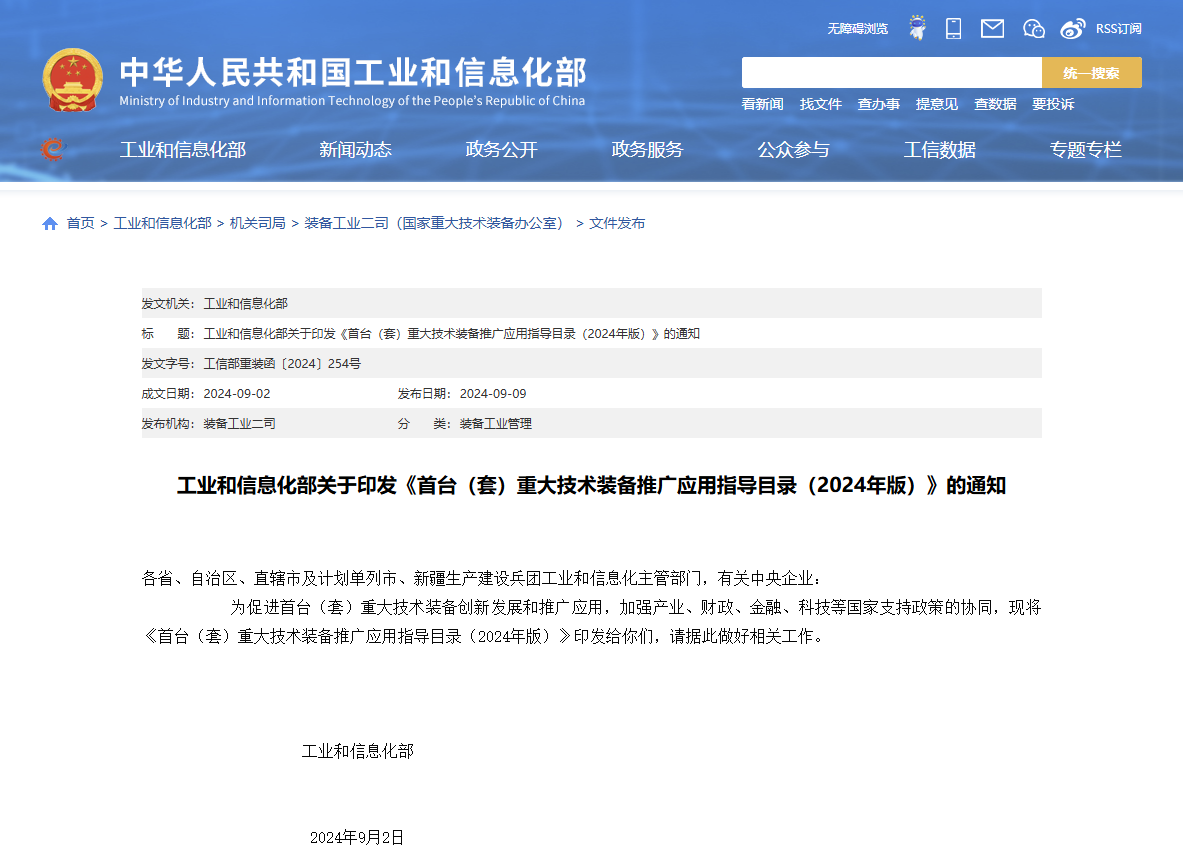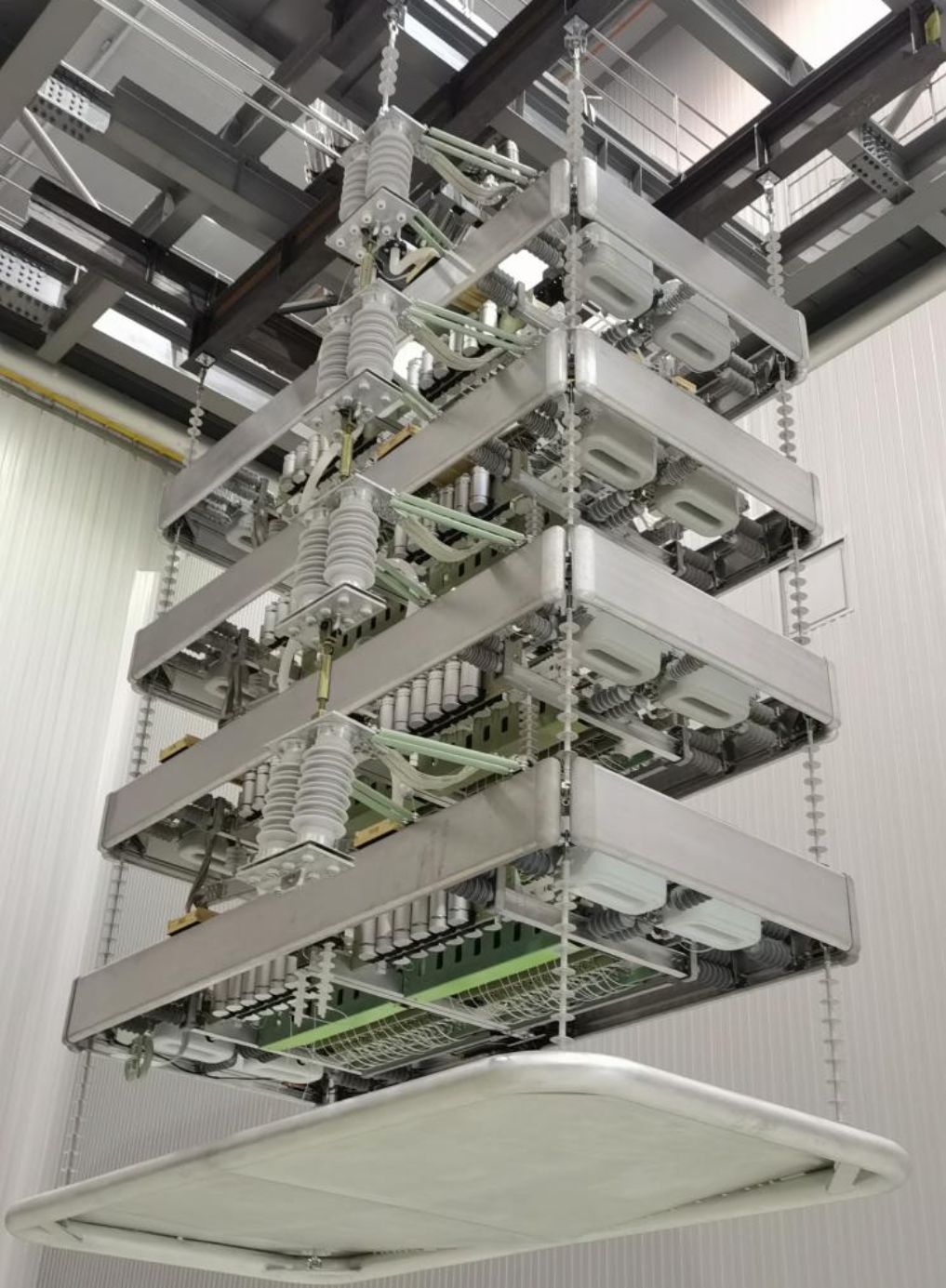On September 9, 2024, the Ministry of Industry and Information Technology (MIIT) released the Catalog of Major Technological Equipment Promoted for Priority Implementation (First Set) (2024 Edition), with "Hybrid Commutation Converter (HCC) Valves" successfully selected as innovative power transmission and distribution equipment for new power systems.

The reverse geographical distribution of China's power generation resources and electricity demand centers has established "West-to-East Power Transmission" as a critical long-term national energy strategy. High-voltage direct current (HVDC) transmission has emerged as the preferred solution due to its advantages in large-capacity delivery, long-distance transmission, low losses, and operational flexibility. However, conventional line-commutated converter (LCC) based HVDC systems face persistent commutation failure risks that threaten the security and stability of multi-terminal power grids.
To address this challenge, a research consortium led by Tsinghua University and Huairou Laboratory—in collaboration with State Grid Henan Electric Power Company, SGCC HVDC Technology Center, SGCC Economic & Technology Research Institute, XD Power System, Xi'an PERI Semiconductor, XJ Electric, and Zhuzhou CRRC Times Semiconductor—has pioneered transformative breakthroughs guided by the "next-generation semiconductors enabling next-generation equipment" principle. The team developed a hybrid commutation converter (HCC) methodology utilizing reverse-blocking IGCT devices, created novel bidirectional-blocking IGCT semiconductors, and overcame critical technical barriers in hundred-device series voltage balancing and ultra-reliable control systems. This culminated in the world's first operational HCC system (120kV/360MW), which successfully passed all type tests and is scheduled for implementation at Unit I of SGCC Henan's Lingbao Converter Station.
The project achieves comprehensive breakthroughs across the entire value chain—from high-power semiconductor devices to core technologies and system integration—resolving the persistent global challenge of commutation failure in conventional HVDC systems and marking a revolutionary leap forward in power transmission technology.

Hybrid commutation converter valves based on reverse-blocking IGCT technology are applicable for retrofitting conventional DC projects or constructing new ultra-high-voltage direct current (UHVDC) transmission systems. They maintain the advantages of conventional line-commutated converters (LCC), including high capacity, low cost, minimal losses, and high reliability, while significantly reducing reactive power compensation requirements at converter stations. This technology offers a novel solution for the secure and efficient transmission from desert-gobi-wasteland renewable energy bases and addresses stability challenges in UHVDC receiving-end grids, demonstrating broad application prospects.